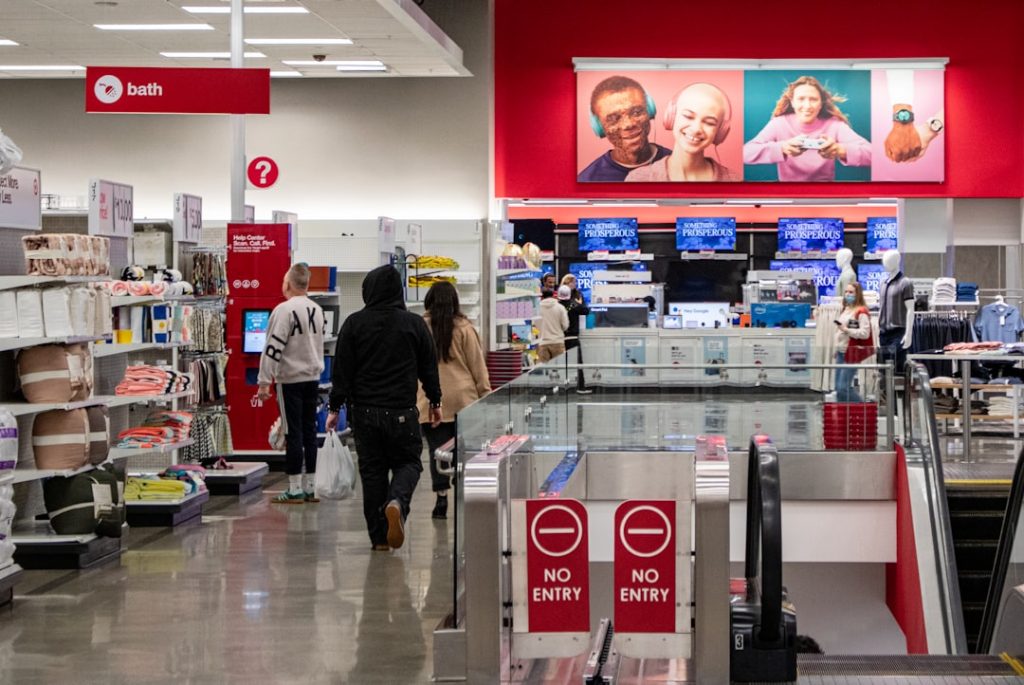10 Digital Marketing Mistakes to Avoid
In the rapidly evolving landscape of digital marketing, the absence of a well-defined strategy can lead to disarray and inefficiency. Many businesses embark on their digital marketing journeys without a coherent plan, often resulting in wasted resources and missed opportunities. A clear digital marketing strategy serves as a roadmap, guiding organizations through the complexities of online engagement, audience targeting, and content creation. Without this strategic framework, companies may find themselves reacting to trends rather than proactively shaping their brand narrative. Moreover, a lack of strategy can lead to inconsistent messaging across various platforms. For instance, a brand that posts sporadically on social media or fails to align its email marketing with its website content risks confusing its audience. This inconsistency can erode trust and diminish brand loyalty. A comprehensive digital marketing strategy not only outlines specific goals and objectives but also delineates the tactics and channels that will be employed to achieve them. By establishing clear metrics for success, businesses can evaluate their performance and make informed adjustments to their approach, ensuring that every marketing effort is purposeful and aligned with overarching business objectives. Key Takeaways A clear digital marketing strategy is crucial for success in the online space. Social media marketing has immense power to reach and engage with target audiences. Optimizing for mobile devices is essential as more and more users access content on their phones. Neglecting SEO can result in missed opportunities for organic traffic and visibility. Content marketing plays a significant role in building brand authority and driving conversions. Utilizing data and analytics can provide valuable insights for effective marketing decisions. Customer reviews and feedback can greatly impact brand reputation and consumer trust. Consistent branding across digital channels is key to building a strong and recognizable brand presence. Underestimating the power of social media marketing The Power of Social Media Marketing Social media has revolutionized the way brands interact with consumers, offering unparalleled access to diverse audiences across platforms like Facebook, Instagram, Twitter, and LinkedIn. However, many businesses still underestimate its potential as a powerful marketing tool, missing out on opportunities to engage with customers in real-time, build community, and foster brand loyalty. ### Creating Meaningful Interactions Social media marketing is not just about posting content; it involves creating meaningful interactions that resonate with users and encourage them to share their experiences. Moreover, social media serves as a valuable channel for gathering insights about consumer preferences and behaviors. Brands can utilize social listening tools to monitor conversations around their products or industry, allowing them to adapt their strategies based on real-time feedback. ### Cultivating a Sense of Community For instance, a fashion retailer might notice trending styles through user-generated content on Instagram and adjust its inventory accordingly. By actively engaging with their audience and responding to comments or messages, brands can cultivate a sense of community that enhances customer satisfaction and retention. Ignoring the power of social media marketing means overlooking a vital avenue for growth and connection in today’s digital landscape. Failing to optimize for mobile devices Here’s the text with a relevant HTML link added from a high-authority source: In an era where smartphones have become ubiquitous, failing to optimize digital content for mobile devices is a critical oversight that can significantly hinder a brand’s success. Mobile optimization encompasses everything from responsive web design to ensuring that loading times are swift and user experiences are seamless across various screen sizes. Research indicates that over half of all web traffic now comes from mobile devices, making it imperative for businesses to prioritize mobile-friendly experiences. A website that is not optimized for mobile can lead to high bounce rates, as frustrated users abandon pages that are difficult to navigate or slow to load. Moreover, mobile optimization extends beyond just websites; it also includes email marketing campaigns and social media content. For instance, emails that are not formatted for mobile viewing may result in lower engagement rates, as recipients struggle to read or interact with the content. Similarly, social media posts should be designed with mobile users in mind, utilizing eye-catching visuals and concise messaging that captures attention quickly. By prioritizing mobile optimization, brands can enhance user experience, improve conversion rates, and ultimately drive more sales through this increasingly dominant channel. Neglecting the importance of search engine optimization (SEO) Search engine optimization (SEO) is a fundamental aspect of digital marketing that cannot be overlooked. It involves optimizing website content so that it ranks higher in search engine results pages (SERPs), thereby increasing visibility and attracting organic traffic. Many businesses underestimate the long-term benefits of SEO, opting instead for short-term tactics like pay-per-click advertising. While paid ads can yield immediate results, they often lack the sustainability that a well-executed SEO strategy provides. By investing in SEO, companies can build authority in their niche and establish a consistent flow of traffic over time. Additionally, neglecting SEO can result in missed opportunities for reaching potential customers who are actively searching for products or services. For example, a local bakery that fails to optimize its website for local search terms may find itself overshadowed by competitors who have invested in SEO strategies. This oversight not only limits visibility but also restricts growth potential in an increasingly competitive market. Effective SEO requires ongoing efforts such as keyword research, content creation, and link building; however, the payoff is substantial in terms of increased brand awareness and customer acquisition. Overlooking the significance of content marketing Content marketing is often regarded as the backbone of effective digital marketing strategies, yet many businesses still overlook its significance. High-quality content serves multiple purposes: it educates consumers, builds brand authority, and drives engagement across various channels. By creating valuable content that addresses the needs and interests of their target audience, brands can position themselves as thought leaders in their industry. For instance, a software company might produce informative blog posts or whitepapers that help potential customers understand complex topics related to their products. Moreover, content marketing fosters relationships with customers by providing them with relevant information at
10 Digital Marketing Mistakes to Avoid Read More »









